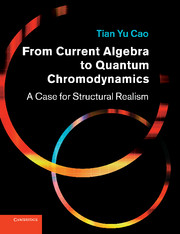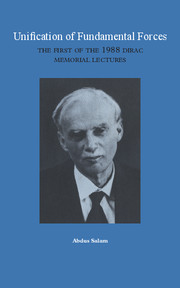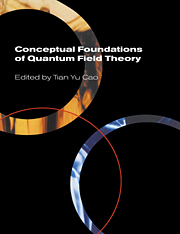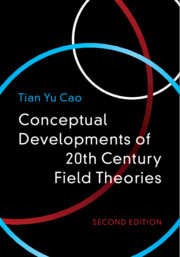From Current Algebra to Quantum Chromodynamics
The advent of quantum chromodynamics (QCD) in the early 1970s was one of the most important events in twentieth-century science. This book examines the conceptual steps that were crucial to the rise of QCD, placing them in historical context against the background of debates that were ongoing between the bootstrap approach and composite modeling, and between mathematical and realistic conceptions of quarks. It explains the origins of QCD in current algebra and its development through high-energy experiments, model-building, mathematical analysis and conceptual synthesis. Addressing a range of complex physical, philosophical and historiographical issues in detail, this book will interest graduate students and researchers in physics and in the history and philosophy of science.
- Provides a clear explanation of the background to one of the most important events in twentieth-century science
- A unique book that incorporates both historical narrative and detailed critical assessment
- Offers deep conceptual and philosophical analyses of topics at the interface of physics and metaphysics
Reviews & endorsements
Review of the hardback: 'Tian Yu's book is a penetrating treatment of the physics involved, but with many philosophical asides, that he alone can produce effortlessly. I have enjoyed reading it enormously.' Michael Redhead, Professor Emeritus, University of Cambridge, FBA
'Cao's book provides many historical and conceptual insights into the fascinating development of QCD.' Vincent Lam, Philosophy in Review
Product details
October 2012Paperback
9781107411395
320 pages
246 × 189 × 17 mm
0.58kg
Available
Table of Contents
- 1. Introduction
- 2. The rise of current algebra (CA)
- 3. Sum rules
- 4. Saturation and closure
- 5. Scaling
- 6. Theorizations of scaling
- 7. The advent of quantum chromodynamics (QCD)
- 8. Early justifications and explorations
- 9. Structural realism and the construction of QCD
- 10. Historiographical issues in the CA-QCD narrative.






